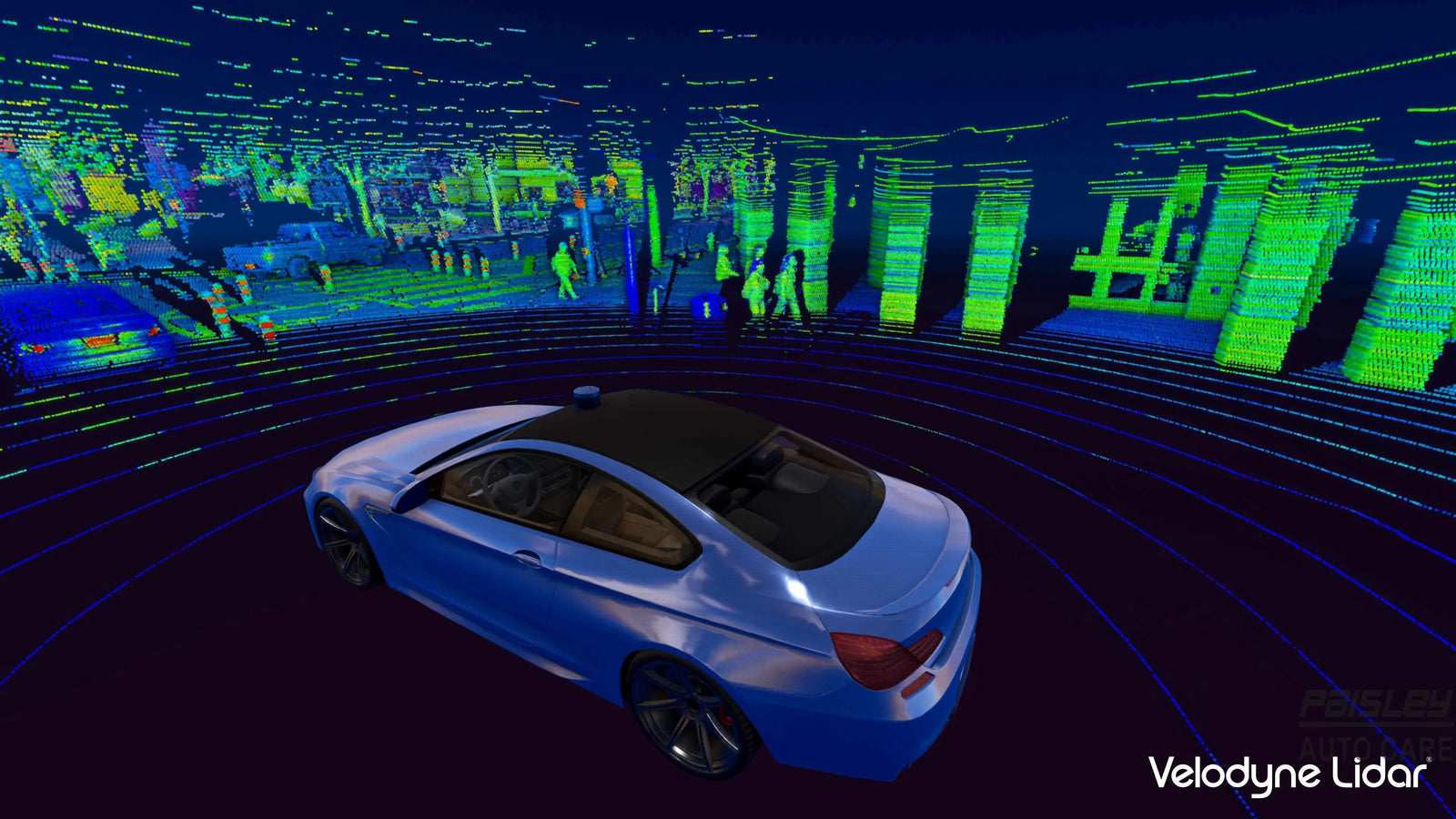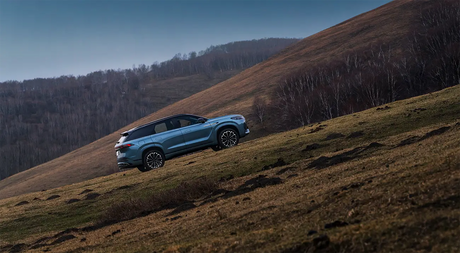In the fast-evolving world of automotive technology, LiDAR (Light Detection and Ranging) has emerged as a pivotal tool in the development of autonomous vehicles and advanced driver-assistance systems (ADAS). This technology, which first found its applications in meteorology, geology, and even on the surfaces of the Moon and Mars, is now steering the future of how cars see and navigate the world.
Advent of LiDAR in Vehicles: A Leap towards Futuristic Automobiles

(Velodyne)
LiDAR technology uses laser light to map physical environments with high precision. It works by emitting laser beams towards a target and measuring the time it takes for the light to return after bouncing off surfaces. This data is then used to generate precise three-dimensional information about the surrounding environment. The accuracy and reliability of LiDAR in various lighting and weather conditions make it especially valuable in the automotive sector.
How is LiDAR Used in Vehicles?

(Velodyne)
LiDAR sensors are typically mounted on the roofs or bumpers of vehicles, where they continuously scan the vehicle's surroundings. Here’s how they contribute to automotive technology:
Enhanced Perception and Safety

(Velodyne)
LiDAR provides detailed and accurate 3D maps of the environment, which are crucial for autonomous driving systems. These maps help vehicles detect and avoid obstacles, recognize lane boundaries, and navigate safely in complex traffic scenarios.
Complementing Other Sensors
While many modern vehicles rely on cameras and radar for their sensing capabilities, LiDAR offers distinct advantages. Unlike cameras, LiDAR does not depend on ambient light, making it effective at night and in low-visibility conditions. Compared to radar, LiDAR offers higher resolution and better object differentiation.
Real-Time Decision Making
The precision of LiDAR allows autonomous vehicles to make rapid decisions in response to their environment. This is essential for adapting to sudden changes, such as avoiding unexpected obstacles or responding to emergency situations.
The Impact of LiDAR on the Automotive Industry

(Velodyne)
Accelerating Autonomous Vehicle Development
The integration of LiDAR is a game-changer in the push towards fully autonomous vehicles. By providing detailed environmental data, LiDAR technology helps improve the machine learning models that drive autonomous systems, enhancing their ability to navigate complex real-world scenarios without human intervention.
Transforming Vehicle Design
As automotive manufacturers incorporate more sensors into vehicles, design paradigms are shifting. The challenge is to integrate these sensors, such as LiDAR, without compromising the aesthetic appeal or aerodynamics of the vehicle.
Market Growth and Challenges
The demand for LiDAR technology is expected to grow as more automotive companies invest in autonomous technology. However, high costs and technological complexities pose challenges. Ongoing research aims to reduce the cost of LiDAR sensors while improving their functionality and integration with other onboard systems.
Conclusion
LiDAR technology is setting the stage for revolutionary changes in the automotive industry. As vehicles become increasingly capable of handling complex driving tasks autonomously, LiDAR stands out as a critical component in ensuring safety and reliability. The journey towards a fully autonomous future is long and fraught with challenges, but with advancements in LiDAR technology, the automotive industry is well-equipped to navigate it successfully.
By exploring how vehicles use LiDAR to enhance their capabilities, we gain insights into the potential of this technology to transform everyday driving experiences and propel us towards a safer, more efficient automotive future.




